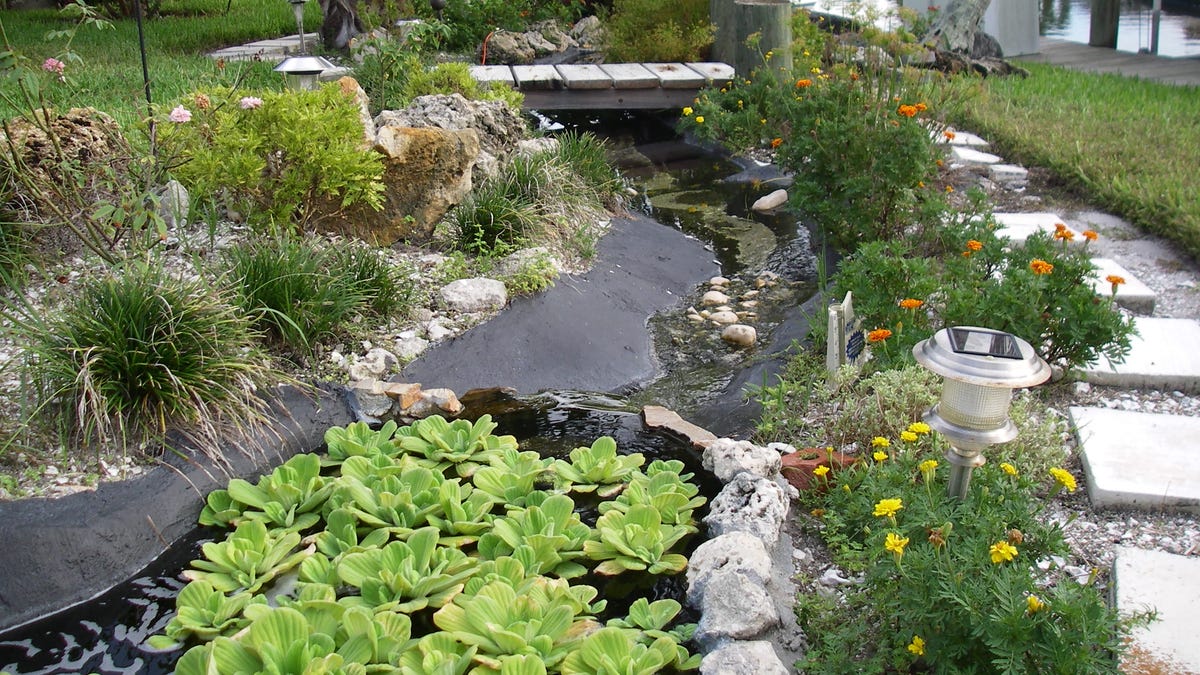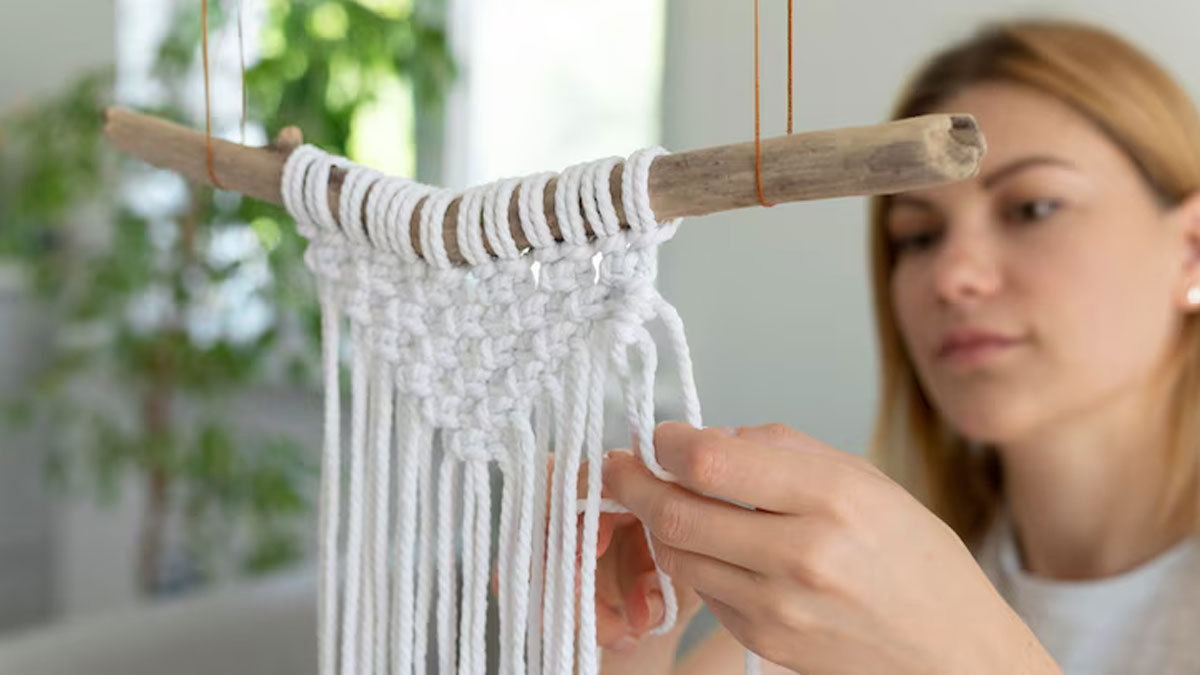Jon Lovette / Getty Images
Just as the rest of your home’s exterior paint color, the hue of your front porch can convey a warm welcome and kick your house’s curb appeal up a few notches. But the porch itself is much more than an ornamental and architectural element for passersby and neighbors to admire—it’s essentially an outdoor extension of the living, family room, or den.
With this in mind, you need to consider more than just what looks great when choosing a paint color. So if you’re in the market for a new porch color, read on to learn which tones to avoid, according to interior designers.
Meet the Experts
-
Jonathan Gordon is the lead designer and owner of Design by the Jonathans.
-
Eva Bradley is the founder and principal of Eva Bradley Studio.
-
Kathy Kuo is an interior designer and the CEO of Kathy Kuo Interior Design Services and furnishings retailer Kathy Kuo Home.
Black or Dark Grey
There are several issues with black, charcoal, and similar grayscale colors, but the main issue is that it’s not at all an inviting hue, Jonathan Gordon, lead designer and owner of Design by the Jonathans, says. Additionally, it can visually shrink the porch, making it look cramped, and retain quite a bit of heat in warm weather, making it an overall unpleasant experience for a homeowner or a guest.
“Furthermore, dark colors tend to show pollen, so the onset of spring will require a fair amount of maintenance,” Gordon says.
Want more design inspiration? Sign up for our free daily newsletter for the latest decor ideas, designer tips, and more!
Bright Yellow or Orange
Bright and vibrant hues like yellow may seem cheerful, but they can attract bees due to their flower-like properties and reflect light in a way that draws flying insects, according to Eva Bradley, founder and principal of Eva Bradley Studio.
Yellow tones, in particular, are also difficult to get right, as you don’t want them to look washed out in direct sunlight, nor do you want them to stick out like a sore thumb compared to the rest of the house. Bradley prefers softer, nature-inspired tones to create a welcoming and timeless feel.
Dark Brown
Dark brown sounds like a good idea in theory because it mimics certain wood species and therefore has the potential to coordinate with the surrounding landscape. But in reality, like the black and charcoal tones, a deep, dark brown doesn’t work because it absorbs solar heat, making it uncomfortable, especially if the home is in a warmer climate region. And, like the grayscale shades, a dark brown can feel oppressive as well as easily show dirt, dust, and pollen.
“I appreciate the drama of dark tones, but on a front porch, they can feel heavy and uninviting,” says Bradley.
Stark White
White might seem like a no-brainer because white has been considered a timeless exterior color for years. But proceed with caution: A stark white shade can often look sterile and become blinding in direct sunlight. It also lacks depth, shows dirt and stains easily, and clashes with the landscape as it’s less nature-evoking. If you want to go with white, be sure to choose a softer tone.
Oversaturated or Fluorescent Colors
A colorful front porch can be a lot of fun, but it can also be difficult to keep up with repainting as it weathers and fades easily due to UV light, and if you change your mind, it can be a lot of work to swap.
“I typically advise my clients to avoid a major statement color unless they feel 100 percent sure they’ll love it for years to come,” Kathy Kuo, interior designer and CEO of Kathy Kuo Interior Design Services, says.
Rather, Kuo recommends a nice, natural wood stain so it stands the test of time both physically and in terms of design trends that come and go.
“Unless you own a Queen Anne Victorian home or something similar, highly saturated colors on a porch tend to feel more like an eyesore than a nice touch,” Gordon says.
If the rest of your home has a very bold color, he recommends making the porch coordinate with the home’s trim color, which is often more muted. This will help make the porch feel relevant without going over the top, Gordon explains.
Read the original article on The Spruce











:max_bytes(150000):strip_icc()/GettyImages-91993892-1a95fee0117c464ab0bf7427ee8c220f.jpg)